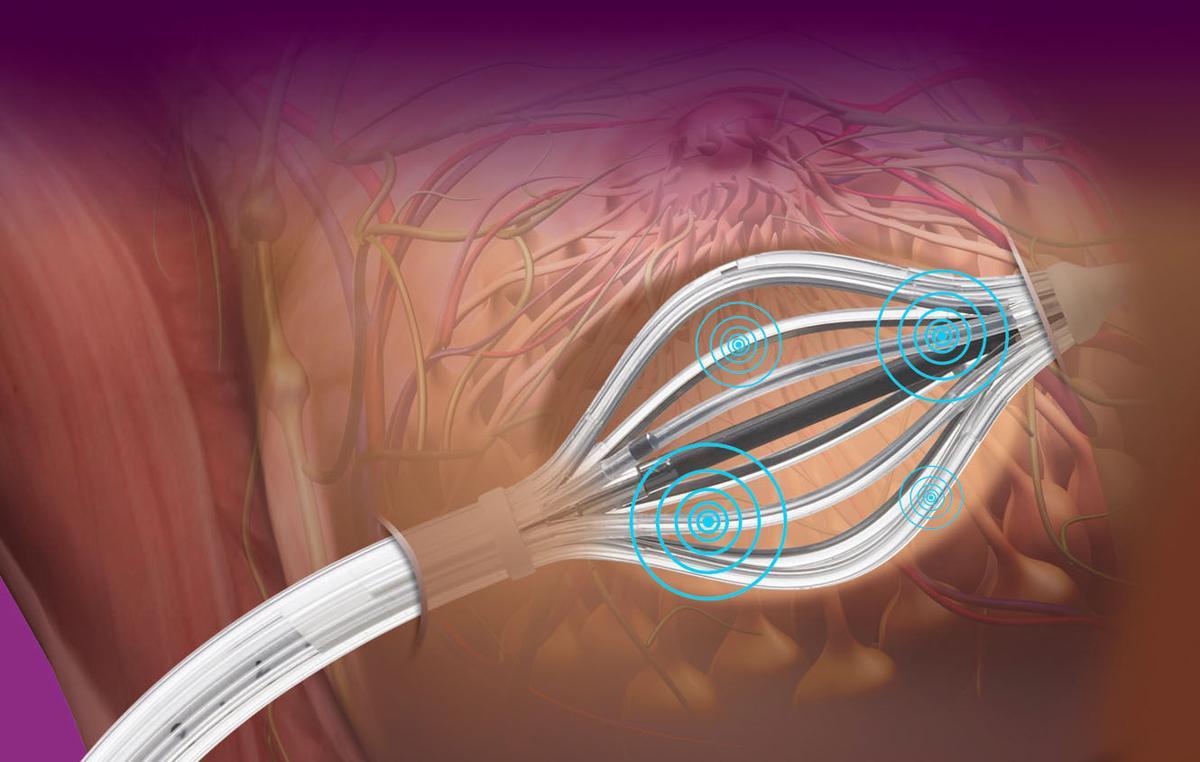Brachytherapy involves radiation therapy using sealed radioactive sources placed inside or next to the area requiring treatment. It plays a key role in treating various types of cancers like prostate, cervical, breast, and skin cancer with minimal side effects compared to other treatments. The global brachytherapy market provides solutions in the areas of invasive interventions and minimally invasive procedures that improve the quality of life for cancer patients.
The global brachytherapy Market is estimated to be valued at US$ 972.21 Mn in 2023 and is expected to exhibit a CAGR of 19% over the forecast period 2023 to 2030, as highlighted in a new report published by Coherent Market Insights.
Market Dynamics:
The increasing incidence of various types of cancers is a major driver fueling the growth of the brachytherapy market. As per the American Cancer Society's estimates, over 1.8 million new cancer cases will be diagnosed in 2023 in the U.S. Further, brachytherapy helps in achieving better outcomes than conventional external beam radiation therapy in treating several localized tumors owing to its ability to deliver a highly concentrated dose of radiation to a small tumor region while limiting exposure of surrounding healthy tissues. This has resulted in increased adoption of brachytherapy procedures worldwide over the years. However, the high costs associated with brachytherapy equipment and shortage of skilled professionals are some challenges negatively impacting the market growth.
SWOT Analysis
Strength: Brachytherapy offers localized and targeted treatment for cancer patients with minimal side effects. It allows shortening treatment duration compared to external beam radiation therapy. The use of radioactive seeds or catheters directly inserted into the tumor site ensures high radiation doses are delivered precisely to cancerous tissues.
Weakness: Brachytherapy requires specialized skills and training for practitioners to properly place radioactive sources inside or near tumors. Improper placement can lead to under-dosing of cancer or excessive radiation exposure to surrounding healthy tissues. It also limits the treatment area to localized regions that are accessible to seed/catheter insertion.
Opportunity: The rising cancer incidence worldwide is driving demand for minimally invasive treatment options. Brachytherapy is an effective alternative or addition to surgery for various cancers. Expanding indications and technological advances in seed/catheter design can further increase its adoption over external beam radiation therapy.
Threats: Stringent regulatory approvals and certifications are required for brachytherapy devices and treatment facilities. Significant capital investments and specialized training programs pose initial challenges. Alternative localized therapies like focused ultrasound may capture market share if proven cost-effective.
Key Takeaways
The global Brachytherapy market growth is expected to witness high growth at a CAGR of 19% during the forecast period of 2023 to 2030. The market size is estimated to reach US$ 972.21 Mn in 2024.
Regional analysis: North America currently dominates the brachytherapy market led by the U.S. due to supportive reimbursement policies and availability of advanced treatment facilities. However, Asia Pacific is poised to be the fastest growing region on back of rising healthcare investments, growing medical tourism, and increasing cancer burden in heavily populated countries like India and China.
Key players: Key players operating in the Brachytherapy market are Varian Medical Systems, Elekta AB, Becton, Dickinson and Company, IsoRay, Inc., Eckert & Ziegler BEBIG, and iCAD. These leading brachytherapy device manufacturers are focusing on expanding their product portfolios through acquisitions and launch of novel customizable applicators and real-time planning systems.
Get more insights on this topic: https://www.newsstatix.com/brachytherapy-market-industry-insights-trends-brachytherapy-marke-2023-2030/
